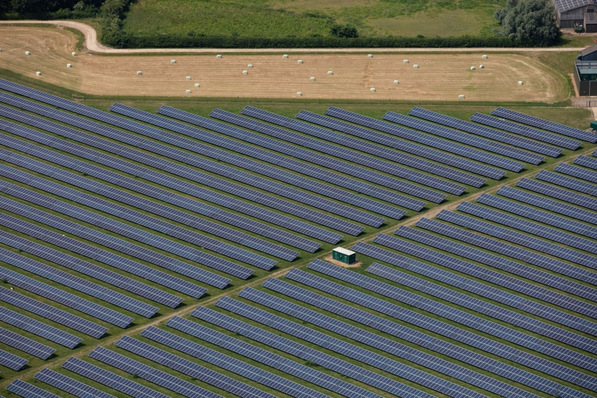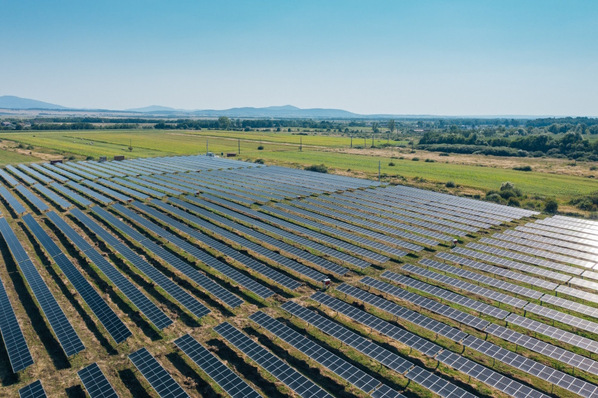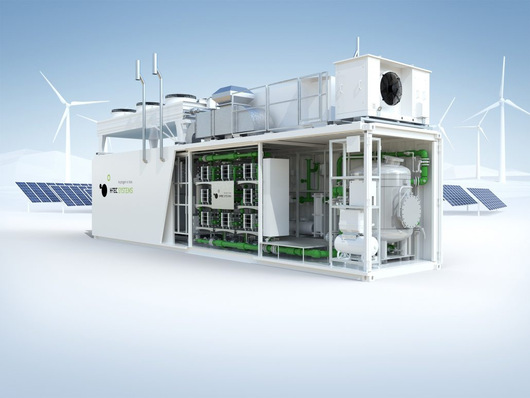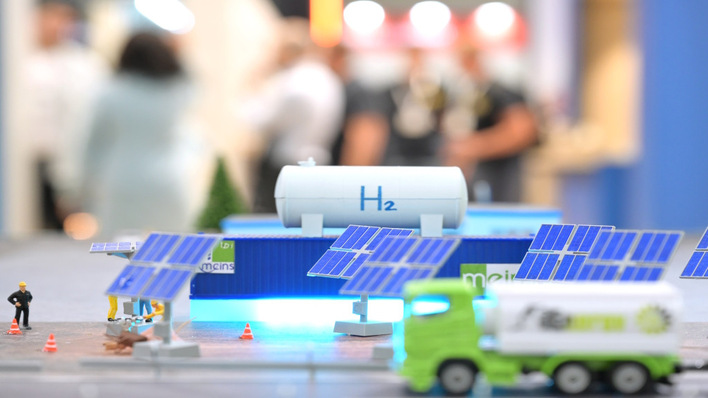Existing taxation schemes that favour fossil fuels hold back the use of renewable power during times of oversupply. This means renewable power into the grid is going to waste, according to DNV GL. Energy experts from DNV GL reveal in a new report that electrification will connect various industry sectors such as heavy industry, transport and households and services which will create new dynamics in the electricity market, bringing down cost and benefiting carbon reduction.
Sector coupling to create an interconnected decarbonized energy system
‘Sector coupling: Creating an interconnected decarbonized energy system benefiting industry, the power sector and society’’ is based on quantitative analyses of the impact of sector coupling on energy demand and energy prices in Europe. The report shows in the heating sector, the average EU tax per kWh on electricity from renewable sources is four times higher than on natural gas, giving gas a high preferential position; meaning that customers are encouraged to use fossil fuels over renewable power.
Did you miss that? Massive expansion of renewables is needed
Sector coupling would allow heavy industry, one of the ‘hard to abate’ sectors in the climate challenge, to procure power at favourable costs and would also have a positive impact on the business case for renewables. But new infrastructure, grid connection regulations and taxation schemes will be essential to realize its full potential.
Encourage the use of renewable electricity during times of oversupply
Ditlev Engel, CEO at DNV GL - Energy said: “Through electricity, other energy value chains, such as natural gas, oil and hydrogen, will increasingly be decarbonized and become more tightly connected, forming one large interconnected and increasingly dynamic energy system. We strongly believe that with sector coupling and the changing nature of electricity, taxation should be harmonized per energy unit for the different energy carriers or even better per CO2 footprint.
Among others, energy taxes have as a purpose to stimulate energy efficiency and reduce the use of primary energy sources. However, the use of renewable wind and solar electricity during times of oversupply need to be encouraged instead of being punished. This would be a win-win situation, helping to decarbonize heavy industry while remaining competitive and benefit consumer pockets.”
Help increase flexibility in the energy system
Mr Engel added: “Sector coupling brings two clear advantages. The additional electricity demand from the industry will help increase flexibility in the energy system as industry demand will mitigate the effects of the increased volume of renewable energy and thus help stabilize electricity prices. Secondly, some industrial processes, such as process heat generation and hydrogen production, could utilize fuel switch to produce with the cheapest fuel. This will be better for industry, the adoption of renewable energy and thus be better for the planet.”
Read more: Climate-neutral factory awarded the Bavarian Energy Prize
The large increase in electricity demand combined with the changing nature of the demand towards being more responsive and opportunistic is likely to put a tremendous strain on electricity infrastructure and system operation. Therefore, as well as changes to taxation, current grid regulations should be reviewed to include the potential of responsive and opportunity demand in grid rules and tariffs and allow for other quality standards in industrial grids.
Doubling of electricity demand
DNV GL’s 2020 edition of the Energy Transition Outlook, forecasts that total global electricity demand will more than double from 26 PWh/yr today to 56 PWh/yr in 2050. Sectors that previously used various energy carriers will increasingly compete for the same sources of renewable electricity.
DNV GL proposes that competitive advantages created by sector coupling will lead to a race to grab opportunities first. Leading this so far is Denmark, recognized for its high contribution of wind energy, it has also a very strong history of coupling electricity and heat: 65% of its population is connected to district heating, fed by combined heat and power generation.
Denmark as forerunner
The Danish government recognizes this connection and is removing legislative and tax barriers for integrating electricity and heat demand. This will benefit both the heat and wind sectors in Denmark, as the opportunity cost of avoiding using natural gas in district heating can set a bottom price for wind energy during surplus production. (hcn)
Read more: Call for action on five key strategies for global decarbonization







